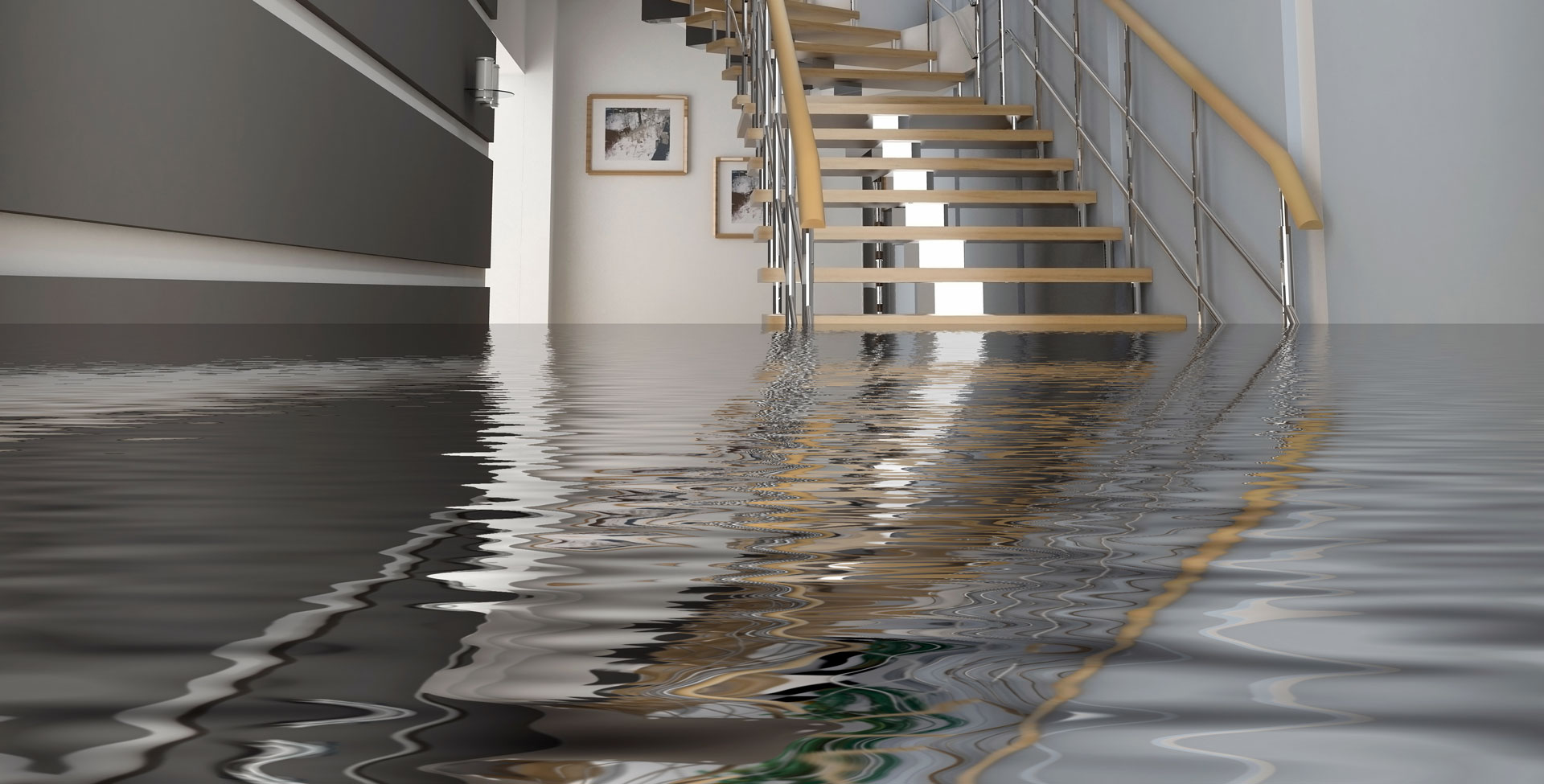Flooding is one of the most common and destructive natural disasters that can severely impact homes, businesses, and communities. Whether caused by heavy rains, storms, or overflowing rivers, floodwaters can cause extensive damage to property, belongings, and even health. Water mitigation helps reduce flood damage and speed recovery. Understanding the importance of water mitigation in flood damage prevention can help property owners take proactive steps to protect their investments and well-being.
What Is Water Mitigation?
Water mitigation refers to the set of procedures and actions taken to reduce or prevent water damage after a flooding event or leak. This includes the rapid removal of standing water, drying and dehumidifying affected areas, and cleaning and disinfecting surfaces to prevent mold growth and further structural damage. The goal of water mitigation is to restore the property to a safe, dry condition as quickly as possible while minimizing long-term harm.
Why Is Water Mitigation Crucial In Flood Damage Prevention?
Floodwaters can penetrate building materials such as drywall, flooring, insulation, and wood framing, causing these materials to weaken, warp, or rot over time. Untreated water can cause mold and mildew, which are harmful and expensive to remove. Water mitigation acts as a first line of defense, stopping damage in its tracks before it becomes irreversible.
- Prevents Structural Damage
One of the most significant benefits of water mitigation is its ability to prevent serious structural damage. When floodwater seeps into walls, floors, and foundations, it can compromise the integrity of these components. Swift mitigation efforts like water extraction and drying prevent materials from absorbing excessive moisture, which reduces swelling, warping, and decay. This not only saves money on repairs but also ensures the building remains safe for occupancy.
- Controls Mold Growth
Mold grows 24–48 hours after water exposure, especially in warm, humid settings. Mold can swiftly spread throughout the property, compromising air quality and causing allergic reactions. Water mitigation includes thorough drying and sanitizing of all affected areas to inhibit mold development. This is essential in flood damage prevention because mold remediation is often much more expensive and time-consuming than water mitigation itself.
- Protects Personal Belongings
Floodwaters don’t just damage buildings — they ruin furniture, electronics, clothing, documents, and cherished possessions. Early water mitigation can save many of these belongings by drying and cleaning them before damage sets in. For example, professional mitigation specialists use specialized equipment to salvage important papers and electronics whenever possible, reducing replacement costs and emotional distress.
- Reduces Health Risks
Floodwater is often contaminated with bacteria, chemicals, sewage, and other hazardous substances, posing health risks to anyone exposed. Water mitigation includes disinfection and decontamination to protect occupants from illness caused by contact with contaminated water or mold spores. Rapid mitigation eliminates chronic wetness, which can lower indoor air quality and worsen respiratory symptoms.
- Saves Time And Money
The faster water mitigation begins after flood damage, the better the chances of minimizing overall damage and reducing repair expenses. Delays in addressing water damage allow it to worsen, leading to costly structural repairs, mold remediation, and replacement of belongings. After a flood, hiring skilled water mitigation services can save homes and businesses thousands in restoration costs and downtime.
Key Steps In Water Mitigation For Flood Damage Prevention
- Immediate Water Extraction
The most important thing is to remove standing water quickly. Powerful pumps and vacuums are used by professionals to remove water from floors, carpets, and furniture. This helps reduce saturation and limits damage to building materials.
- Drying And Dehumidification
After extraction, drying the affected area is critical. Industrial air movers and dehumidifiers circulate air and remove moisture from walls, floors, and structural elements. Proper drying prevents secondary damage and inhibits mold growth.
- Cleaning And Sanitizing
Floodwater often carries contaminants, so affected surfaces must be cleaned and disinfected thoroughly. This step removes dirt, bacteria, and other pollutants, ensuring the space is safe for residents.
- Monitoring And Assessment
Water mitigation specialists use moisture meters and thermal imaging to track drying progress and ensure no hidden moisture remains. This comprehensive evaluation prevents issues and ensures restoration.
Why Professional Water Mitigation Services Matter?
Water mitigation requires specialized knowledge, tools, and experience to be effective. Attempting to handle flood damage alone with household equipment can be ineffective or even harmful, causing further damage or missing hidden moisture pockets. Professional mitigation companies have access to industrial-grade drying equipment and expertise in identifying all affected areas. They also understand how to properly disinfect and remediate to prevent long-term issues.
Conclusion
Flood damage can be devastating, but water mitigation provides a powerful tool to reduce its impact. Water mitigation safeguards your property, health, and belongings by swiftly removing water, drying structures, and preventing mold growth. Whether you’re a homeowner or business owner, understanding and investing in water mitigation is essential for effective flood damage prevention and faster recovery. Fast, competent flood mitigation can make the difference between a slight nuisance and a severe calamity.







